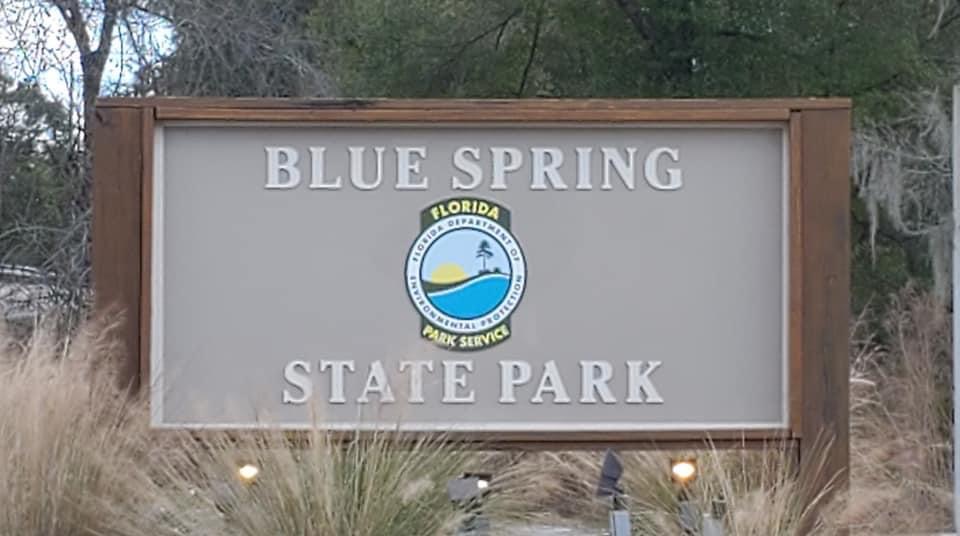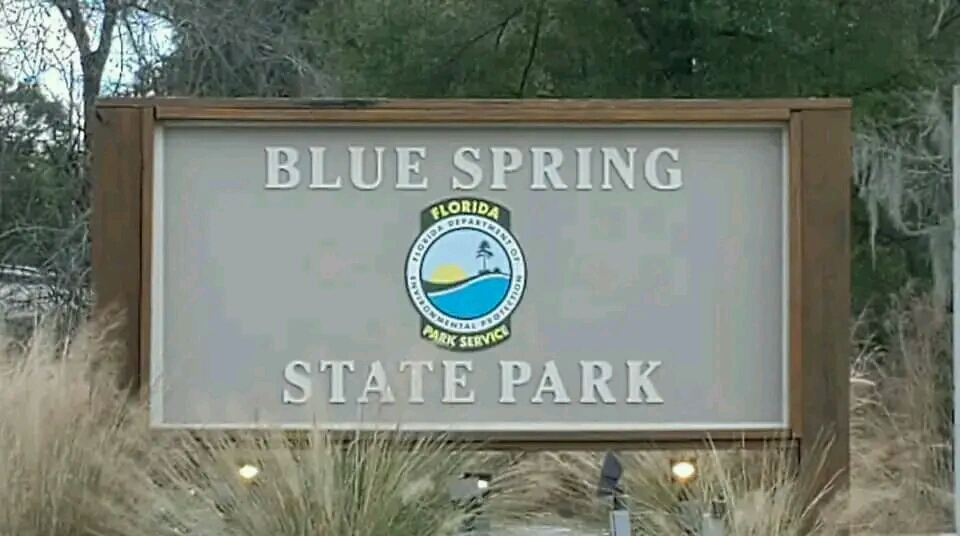
Located in Orange city, Florida, blue spring state park is a beautiful and peaceful place. It is famous for its clear water, many animals, and interesting history. The park covers over 2,600 acres along the St. Johns River, making it a perfect spot for nature lovers and outdoor explorers.it is also important for protecting wildlife. Here are four main reasons why blue spring state park is a great place to visit.
The blue spring and its ecosystem
At the center of the park is blue spring, a large natural spring that releases over 104 million gallons of water daily. The water stays at a steady 72 Fahrenheit, creating a perfect home for many plants and animals. One of the most famous animals in the park is the west Indian manatee. From mid-November to march, hundreds of manatees come to the warm spring to escape the cold St, Johns river. The park helps protect these gentle, endangered creatures by giving them a safe place to live. Besides manatees, the spring is full of fish like bass, catfish, gar, and sunfish. Bird lovers can spot herons, egrets, ospreys, and even bald eagles. On land, animals such as deer, armadillos, and gopher tortoises wander the forests. With its rich wildlife and beautiful scenery, blue spring state park is a wonderful place to explore and enjoy nature.
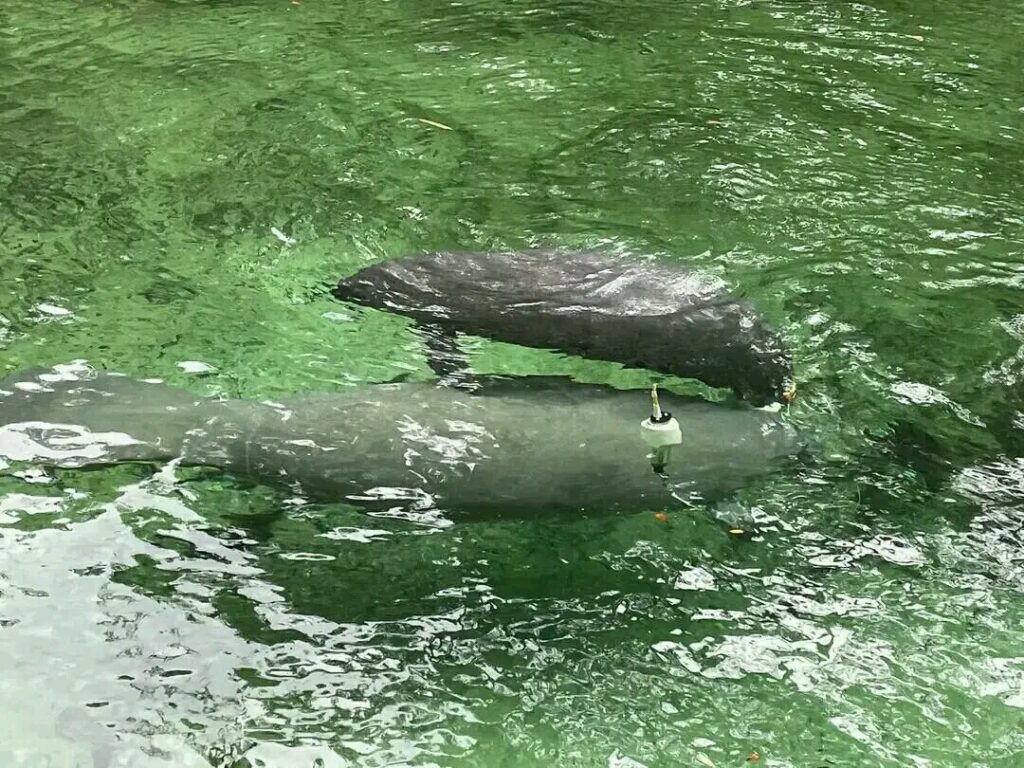
Outdoor activities and recreational opportunities
Blue spring state park has many fun activities for visitors of all ages. From April to mid-November, people can swim and snorkel in the park’s clear waters. In the winter, these activities stop to protect the manatees. Those who love underwater adventures can go scuba diving. Certified divers can explore deep areas of the spring, seeing unique rock formations and different fish species. Canoeing and kayaking are great ways to enjoy the park’s natural beauty. Visitors can paddle though the spring and along the St. Johns river, getting closer to Florida’s wildlife. Hiking is another popular activity. The pine island trail, which is 4.5 mils long, takes hikers through forests and wetlands, offering amazing views. Fishing is also available in the St. Johns can walk along the boardwalks to see birds, turtles, and other animals. For those who prefer a slower pace, riverboat tours are a great option. These guided tours allow visitors to relax and learn about the park’s history, animals, and environment while cursing on calm waters. With so many things to do, blue spring state park is a great place for adventure, relaxation, and enjoying nature.
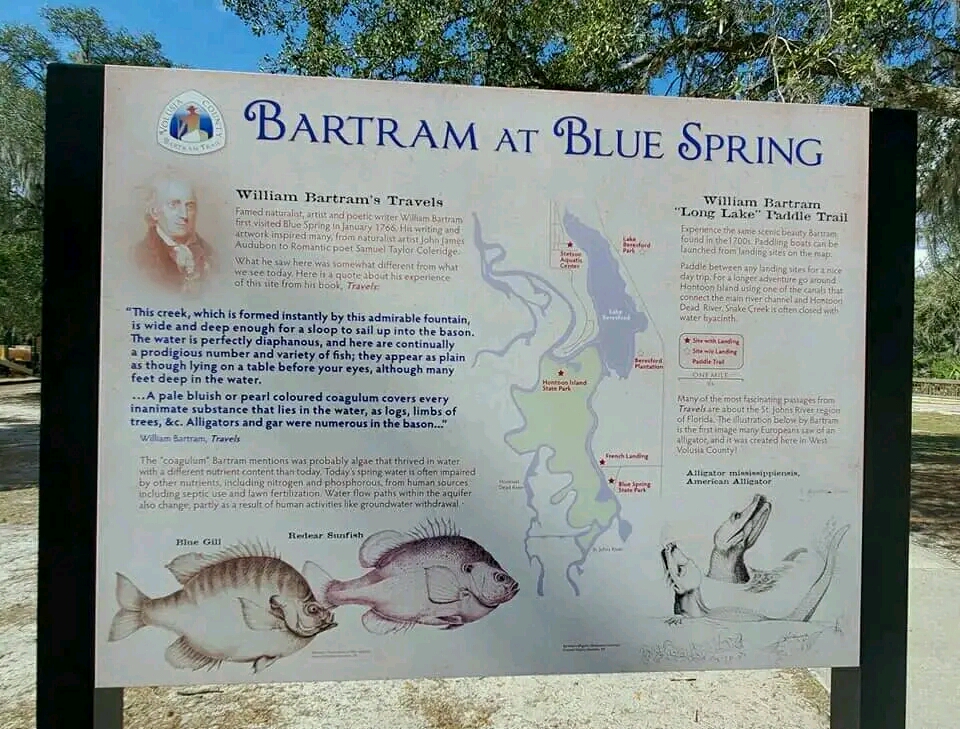
Conservation efforts and environmental protection
Blue spring state park is dedicated to protecting nature and restoring the environment. In the 1970s, only about 14 manatees were seen in the spring. Today, thanks to strong conservation efforts, more than 700 manatees visit during the winter months. To protect these gentle animals, park staff monitor them, enforce boat speed limits, and educate visitors about manatee safety. Keeping the water clean is also a priority. The park works hard to reduce pollution and protect the Springs’s clear waters. Restoring native plants, wetlands, and riverbanks helps create a healthy home for many animals.
Visitors can help by following park rules. This includes not disturbing wildlife, keeping the area clean, and respecting no entry zones. By working together, everyone can help preserve the park natural beauty and ensure that manatees and other wildlife continue to thrive for future generations
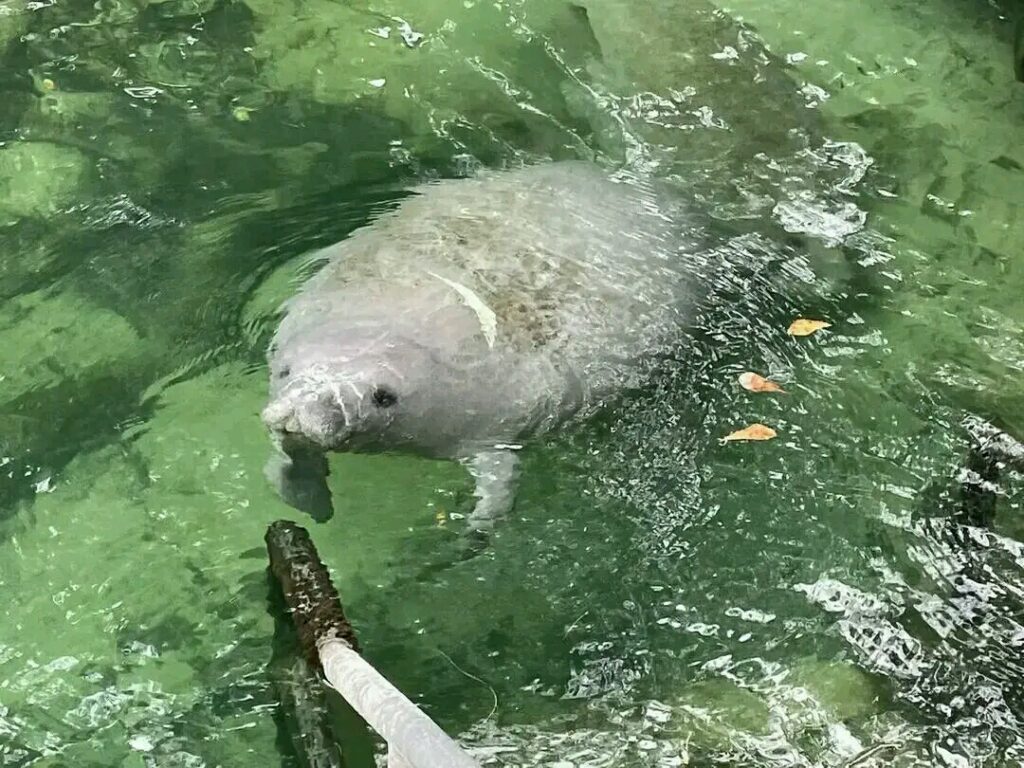
History and cultural significance
Blue spring has been an important place for both nature and people for thousands of years. The Timucua, one of the first indigenous groups in the area, used the spring for fresh water, food, and shelter. Artifacts, shell mounds, and ancient tools still remain as evidence of their presence. In the 19th century, European settlers saw the area’s value. The thereby family was among the first to settle near blue spring. They built a plantation and a steamboat landing along the St. Johns River. In 1872, they constructed the historic thereby house, which still stands today. Visitors can explore it to learn about Florida’s pioneer history. Now, blue spring state park is a special place that combines history, nature, and conservation. It offers visitors a chance to enjoy its beauty while learning about its rich past.
Accessing blue spring state park and entrance fees
Blue spring state park is in orange city, Florida. The address is 2100W. French avenue, Orange city, FL 32763. To get there from interstate 4 (1-4), take exit 114 and go on to state road 472. After 1.25 miles, turn south onto U.S. Highway 17/92. At the west French avenue traffic light, turn west. The park entrance is three mils ahead. The park is open every day from 8 a.m. to sundown, including holidays. Entry fees are $6 per vehicles (for two to eight people), $4 for single occupant vehicles, and $2 per pedestrian or bicyclist. The fee covers access to picnic areas, hiking trails, and wildlife viewing platforms. In winter, the park gets very crowded due to manatee season, it may reach capacity early in the day. Arriving early ensures entry. If the park is full, visitors may be turned away to protect the environment and keep the experience safe.
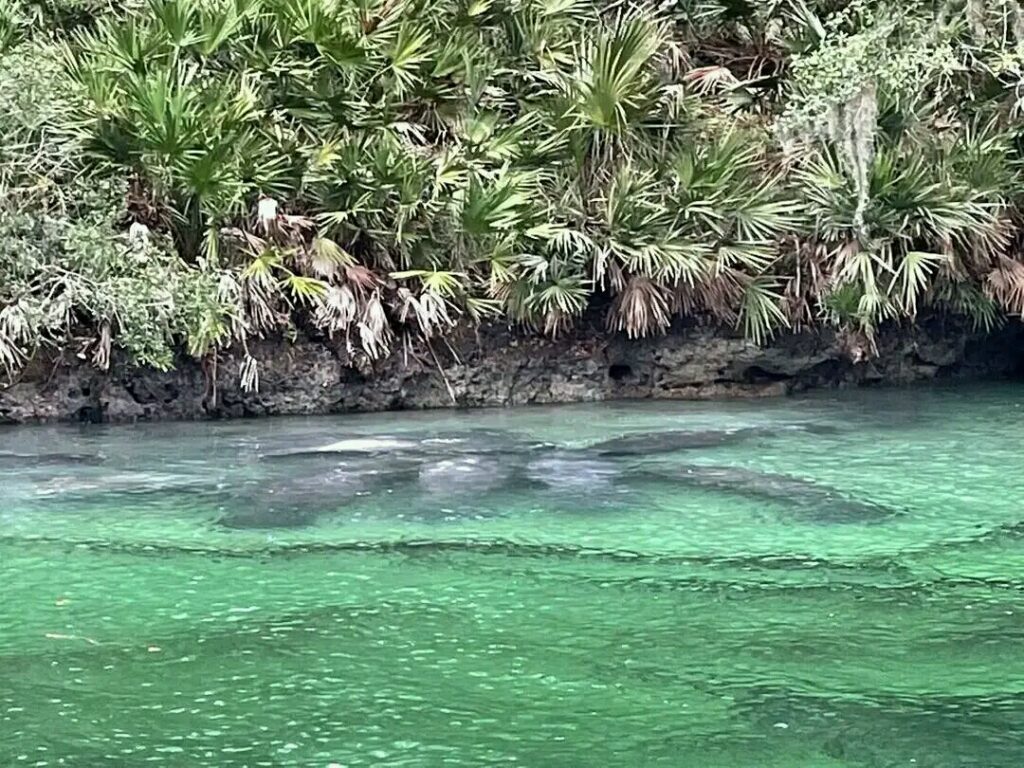
For overnight stays, the park has camping facilities. Those arriving after sunset should call 386-775-3663 on the day of arrival for the gate code and instructions. By following the park rules and planning, visitors can enjoy the beauty and adventure of blue spring state park. It is more than just a scenic getaway, it is a sanctuary for wildlife, a hub for outdoor recreation, and a historical treasure. Whether you come to witness the majestic manatees, explore underwater wonders, or immerse yourself in Florida’s natural beauty, this park has something for everyone. As one of Florida’s most ecologically significant and beloved park, blue spring continues to inspire visitors to appreciate and protect the state’s unique natural heritage.

